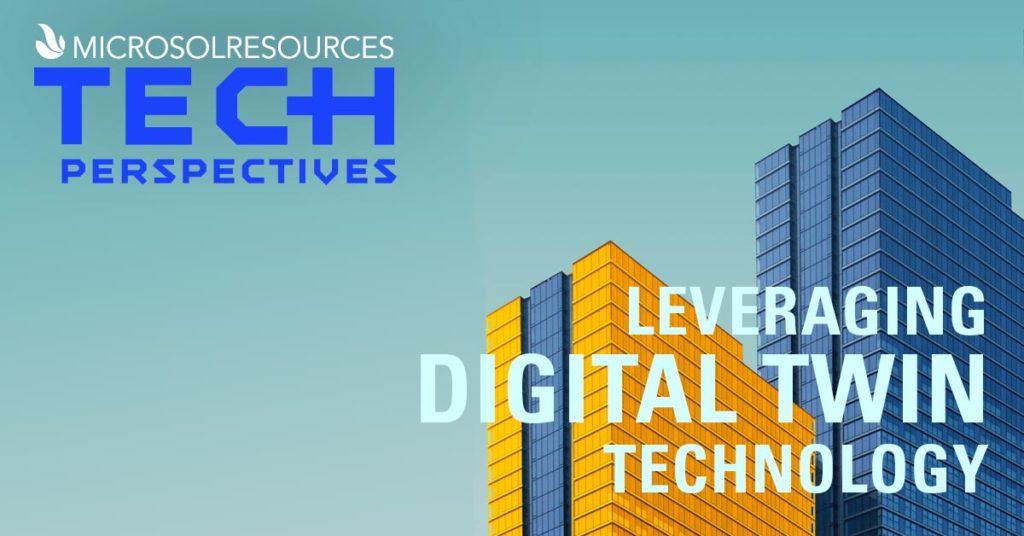What is Digital Twin?
By Anna Liza Montenegro | BIM, Data Management, Digital Twin, Sustainability, Virtual Reality, Visualization
There are many notable twins in the world today. You might even be a twin but do you know what a digital twin is.
Essentially, it’s a digital version of a physical object a dynamic up-to-date digital replica of a built asset or environment with the help of building information modeling (BIM), artificial intelligence (AI), machine learning, and the internet of things (IoT) technology. Data from the original asset is used to build and improve the digital twin by providing a precise up-to-date model of its original.
What is the benefit of a digital twin?
A digital twin can help designers, engineers, contractors, owners, and manufacturers create more efficient structures. Digital twins can help with everything from planning, design, and construction to operations and maintenance.
Consider a building that’s already been designed and constructed. Imagine there’s a digital twin of the entire facility from the roof to the HVAC to the mechanical engineering and plumbing systems.
Now imagine that sensors in the building provide the digital twin with real-time information the digital twin updates itself according to the data. Then, building owners can view areas where the building is aging or faulty and make improvements on a greater scale.
Multiple digital twins can be integrated in an entire ecosystem.
So how did digital twins get their start in the 1960s?
NASA was one of the first agencies to use mirroring technology to replicate systems in space. Notably, NASA created a replica of Apollo 13 which became critical in the midst of its challenging mission. Engineers were able to test solutions on the replica to avoid further disaster.
Dr. Michael Greaves, Chief Scientist for Advanced Manufacturing at the Florida Institute of Technology introduced the concept of the digital twin at an American Society of Mechanical Engineers Conference in 2002. He proposed a product lifecycle management center that contained the elements of a digital twin, the physical space, the virtual space, and the flow of information between the two.
The manufacturing industry was quick to adopt digital twins and the architecture engineering and construction industry followed suit with the help of technological advancements like BIM or building information modeling.
How has the digital twin evolved since then?
Today, digital twin technology plays a big part in the digital transformation of the design, engineering, construction, manufacturing, and maintenance industries. A digital twin starts with knowledge of the assets and spaces that make up a facility.
This type of descriptive twin is a live editable version of design and construction data such as a visual replica of assets or facilities. An informative twin has an added layer of operational and sensory data as more and more data is added the twin becomes richer and richer and more strongly linked to its physical counterpart.
Predictive twins are able to leverage this operational data for insights while comprehensive twins simulate future scenarios and consider what-if questions in the future twins will become autonomous able to learn and act on behalf of users because digital twins can gather key information about things like population growth, natural resource supply levels, and historical data on environmental disasters.
Digital twins can help build more resilient cities and infrastructures as the world changes.
Eventually, an entire ecosystem of digital twins will help industries respond to global challenges with powerful simultaneous changes right now.
Digital twins are helping operations and facility managers respond faster by removing the need for complex and time-consuming maintenance documents.
Owners can gather information from the design and build phases to make faster business decisions lowering operational and maintenance costs.
Professionals on site can predict material and labor cycles reducing waste and enhancing safety by helping professionals gain more insight into the inner workings of the
world.
Digital twins are becoming partners in building a better future.
For more information about how it is being used, watch our webinar recording the two-part TECH Perspectives webinar series we did and hear from Microsoft, CallisonRTKL, and Stantec.
Hear our discussion as we focus on the challenges of implementing, managing, and measuring Digital Twin solutions.
INDUSTRIES: Architecture, Buildings, Civil Engineering, Civil Infrastructure, Construction, MEP Engineering, Property Owner & Facility Manager, Structural Engineering







